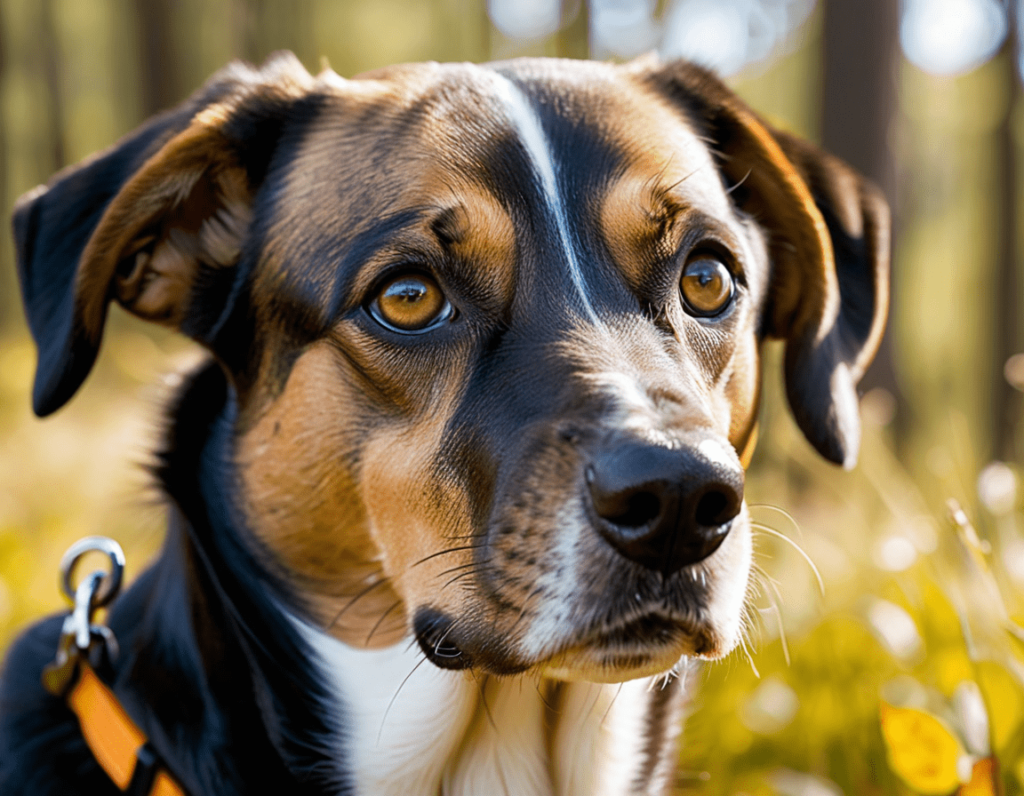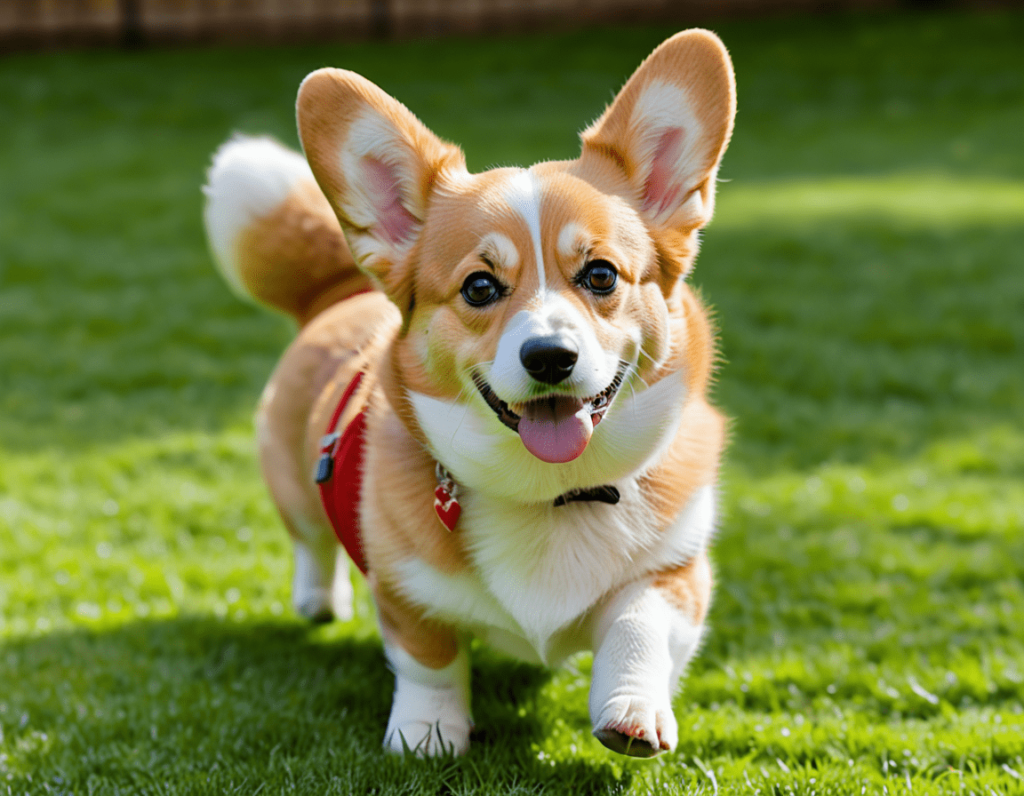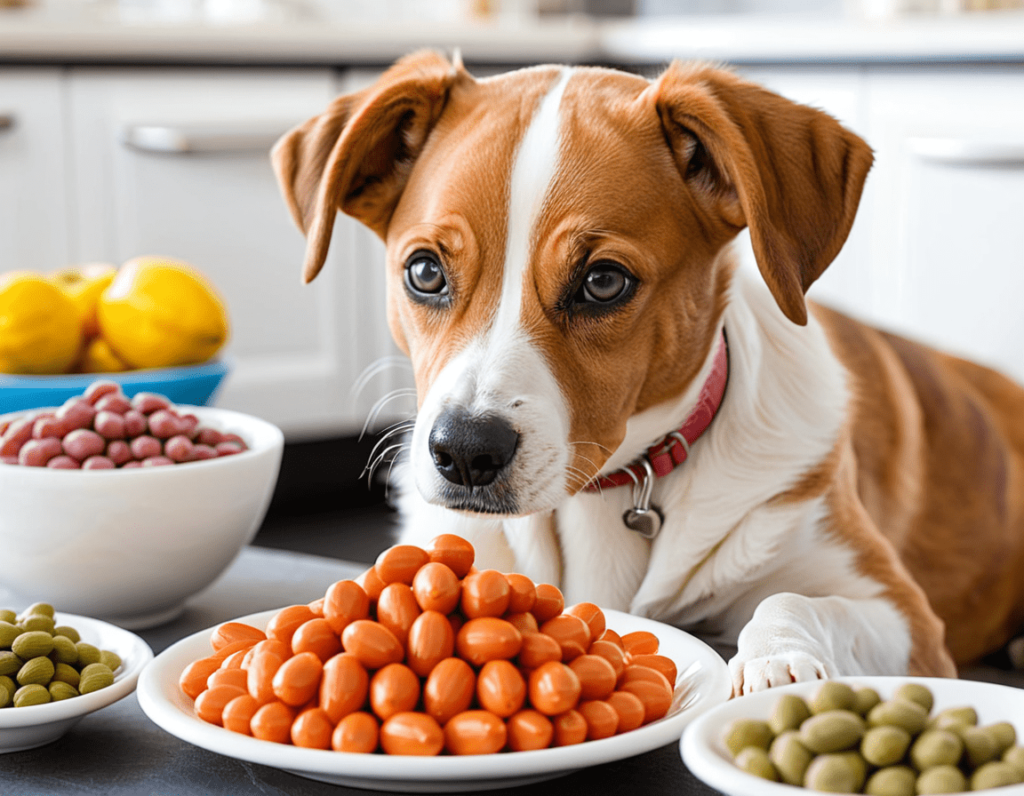
How Dogs Use Their Sense of Smell: The Incredible Sniffing Superpower
When it comes to superpowers, dogs have one that puts even the best superheroes to shame—their incredible sense of smell! While humans might pride ourselves on our ability to smell fresh cookies from a mile away, dogs take it to a whole new level. In this article, we’ll explore how dogs use their sense of smell, why it’s so powerful, and some fun facts that might just leave you barking with laughter!
The Basics of a Dog’s Sense of Smell
First things first: a dog’s sense of smell is nothing short of extraordinary. While humans have around 5 million scent receptors in our noses, dogs have between 220 to 300 million. That’s right! When it comes to sniffing, dogs are like the Michelin stars of the olfactory world. If smells were food, dogs would be the gourmet chefs of the canine universe.
Why Is a Dog’s Sense of Smell So Powerful?
- Anatomy of a Sniffer: Dogs have a special organ called the Jacobsen’s organ (or vomeronasal organ) that helps them process scents. This means they can detect even the faintest odors, like a detective on a mission sniffing out clues.
- Nose Work: The dog’s nose has a unique structure, allowing them to separate scents. They can sniff in layers, sort of like how you might sift through a stack of paperwork to find that one important document. This means they can identify different smells in a single sniff, like detecting your morning coffee, your neighbour’s barbecue, and that pesky skunk all at once!
- Smell Memory: Dogs also have an impressive memory for scents. Just like you can remember the smell of your grandma’s cookies from years ago, dogs can recognise and recall specific scents for a long time. So if your dog smells a pizza from three blocks away, they’ll remember it forever (and possibly plot ways to steal a slice).

How Do Dogs Use Their Sense of Smell?
1. Tracking and Detection
Dogs are often employed in search-and-rescue missions, narcotics detection, and even tracking down lost pets or people. Their incredible sense of smell allows them to follow scent trails that are days or even weeks old! Imagine a dog on a treasure hunt, nose to the ground, as they follow the scent of someone who’s been gone for a while. If only humans had such skills—our lost keys would never stand a chance!
2. Communication
Dogs also use their sense of smell to communicate with each other. They can detect pheromones (chemical signals) that convey information about other dogs’ emotions, health, and reproductive status. So, when your dog gets super excited about another dog at the park, they’re likely reading their “scent message” like a text from a friend. “Hey, I’m happy! Wanna play?”
3. Recognizing Familiar Scents
Dogs have an amazing ability to recognize their owners and familiar people through scent. They can differentiate between different humans and will often show excitement when they catch a whiff of their favourite person. It’s like their noses are little memory banks! Next time your dog greets you with that tail-wagging enthusiasm, just know they’re saying, “I missed your unique smell!”
4. Scent as an Emotional Indicator
Dogs can also detect emotional changes in humans through scent. For example, they can smell the difference between when you’re calm and when you’re stressed or anxious. This ability can lead to comforting behaviours, like snuggling up to you when you’re feeling down. It’s their way of saying, “I can smell your stress—let’s have a cuddle session!”
Fun Facts About Dogs and Their Sense of Smell
- Sniffing Speed: Dogs can sniff up to 20 times per second! Imagine if humans could do that—we’d be the ultimate detectives at any potluck dinner.
- Scent Training: Some dogs are trained to detect specific scents, like medical conditions (e.g., diabetes, cancer) or allergens. They’re like furry little doctors, but instead of a stethoscope, they’ve got their noses!
- Nose Prints: Just like human fingerprints, each dog has a unique nose print. If your pup ever gets lost, you could technically use their nose to identify them—how’s that for a party trick?
- The Ultimate Sniffer: Bloodhounds are often regarded as the best scent trackers. Their sense of smell is so keen that they can follow a scent trail that’s several days old. Talk about taking their time with a good sniff!

Final Thoughts
In conclusion, a dog’s sense of smell is not just a fun fact to share at dinner parties; it’s an essential part of their daily lives and interactions with the world. This incredible ability makes them exceptional companions and workers in various fields, from search-and-rescue to therapy and assistance. As you navigate life with your furry friend, take a moment to appreciate the depth of their sniffing superpower.
Next time you find your dog with their nose in places it shouldn’t be (like that mysterious spot behind the couch), just remember—they’re on a mission! Whether they’re on the hunt for a hidden snack, investigating a new friend, or simply soaking up the smells of the great outdoors, dogs and their incredible noses bring a unique perspective to our lives.
So, give your pup a good scratch behind the ears and a treat or two, and let them know that you’re in awe of their remarkable olfactory talents. After all, with their noses leading the way, life is an adventure waiting to be sniffed out!
Call to Action
If you enjoyed learning about how dogs use their sense of smell, why not share this article with fellow dog lovers? They’ll appreciate the insight—and who knows, it might inspire some playful discussions about their dogs’ sniffing escapades! And if you have a funny story about your pup’s nose adventures, feel free to share it in the comments below. Let’s celebrate our furry friends and their incredible sniffer skills together!
Whether you’re training your dog, playing fetch, or just enjoying a leisurely walk, remember to take in the scents of the day—after all, you never know what exciting olfactory treasures are waiting to be discovered! Happy sniffing! 🐾
How Dogs Use Their Sense of Smell: FAQs
1. How many scent receptors do dogs have?
Answer: Dogs have between 220 to 300 million scent receptors in their noses, compared to just about 5 million in humans. This gives them an incredible ability to detect a wide range of scents, making them natural sniffers!
2. Why do dogs sniff everything?
Answer: Dogs sniff everything because they are gathering information about their environment. Their sense of smell helps them learn about other animals, people, and even the food around them. It’s their way of “reading” the world, and honestly, they can be quite the nosy neighbours!
3. Can dogs really smell emotions?
Answer: Yes, dogs can detect certain emotional changes in humans through scent. They can sense pheromones released when a person is anxious or stressed, which might explain why your dog seems to know when you’re feeling down and comes to comfort you.
4. How do dogs use their sense of smell in search and rescue operations?
Answer: Dogs trained for search and rescue use their keen sense of smell to locate missing persons by following scent trails. They can track scents even days or weeks old, making them invaluable in emergency situations. They’re like four-legged detectives on the case!

5. Do all dog breeds have the same sense of smell?
Answer: While all dogs have an impressive sense of smell, certain breeds are particularly renowned for their olfactory abilities. Bloodhounds, for example, have an exceptional tracking capability, while beagles are known for their incredible scent detection in tracking down food. It’s like having a super-sleuth in every breed!
6. How does a dog's nose work differently than a human's?
Answer: A dog’s nose has a unique structure that allows them to separate and identify different smells. They can sniff in layers, effectively processing multiple scents at once, whereas humans tend to get overwhelmed by strong odors. Imagine trying to listen to several conversations at once—dogs excel at it!
7. Can dogs recognise their owners by smell?
Answer: Absolutely! Dogs can easily recognise their owners through scent alone. They have a strong ability to remember and identify specific smells, which is why they often greet you with so much excitement when you come home. They’re basically saying, “I knew it was you before I even saw your face!”
8. What are some common scents dogs are trained to detect?
Answer: Dogs can be trained to detect various scents, including narcotics, explosives, blood, and even certain medical conditions like diabetes or cancer. Their noses are so versatile that they can be little superheroes in various fields!
9. How does scent training work?
Answer: Scent training typically involves teaching dogs to associate specific smells with a reward, like a treat or praise. Over time, they learn to identify and indicate when they detect those scents. It’s a fun and engaging way for dogs to use their natural abilities while keeping their noses busy!
10. Can I help enhance my dog’s sense of smell?
Answer: You can help enhance your dog’s sense of smell by engaging them in scent games and activities. Hide treats around the house or yard and let them sniff them out. You can also introduce them to various scents safely, like spices or essential oils. It’s a great way to keep their minds sharp and noses happy!
Conclusion
Understanding how dogs use their sense of smell can deepen the bond you share with your furry friend. By appreciating their incredible olfactory abilities, you’ll not only become a more informed dog owner but also a better companion. So, get out there and enjoy the scent-sational adventures that await you and your pup!


